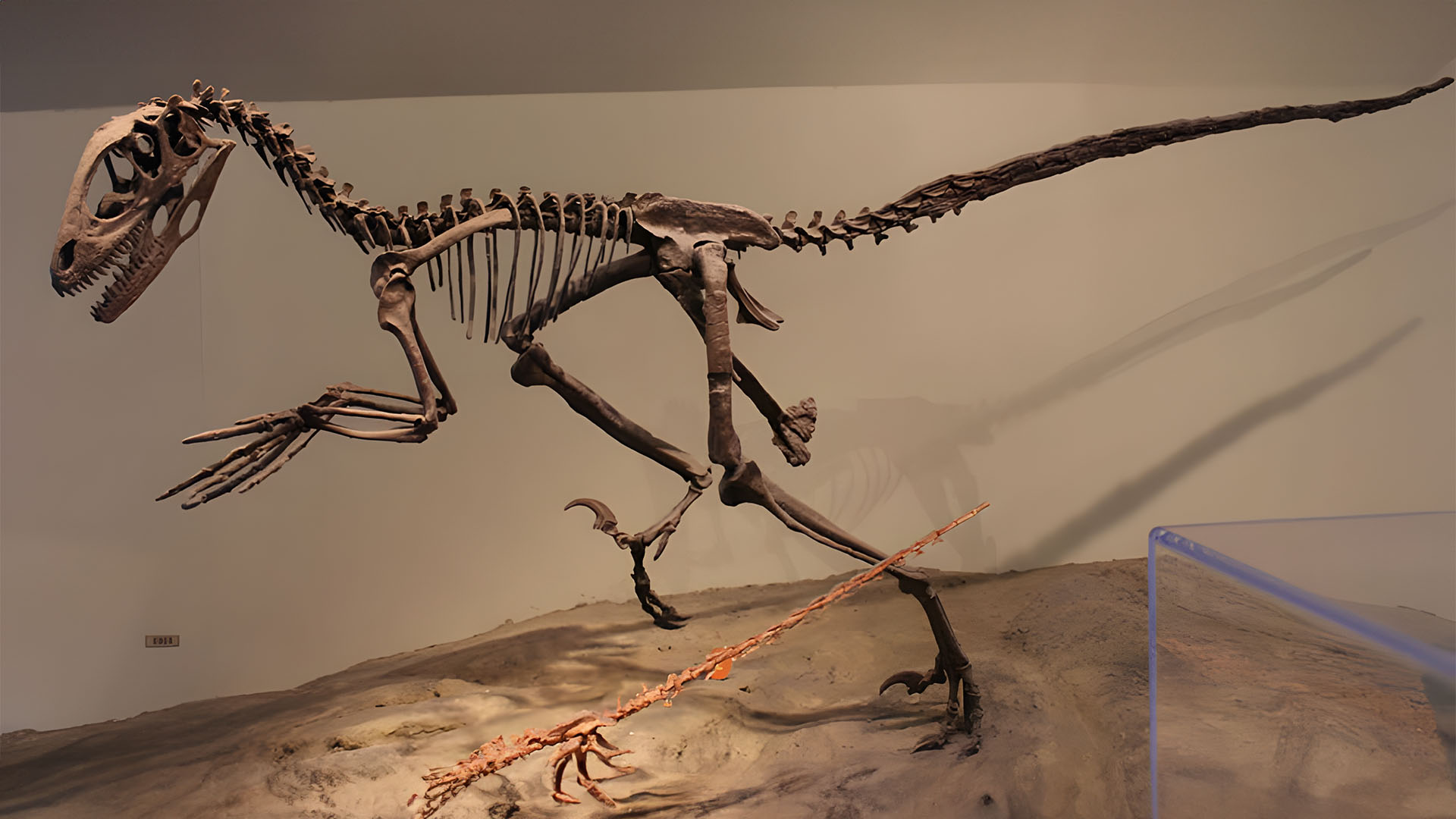
Exhibit Spotlight: Deinonychus antirrhopus
Image Credit: Jonathan Chen , CC BY-SA 4.0 , via https://en.wikipedia.org/wiki/Deinonychus
—Jeff Bond
Subscribe to our newsletter of follow us on the social channels to stay tuned.
© 2023 Dinosaur Park • All Rights Reserved.